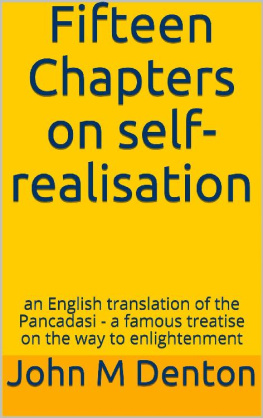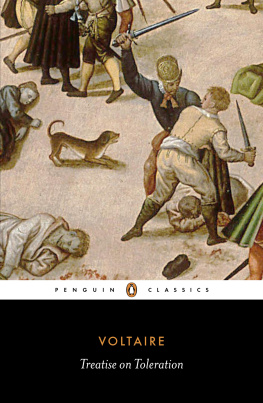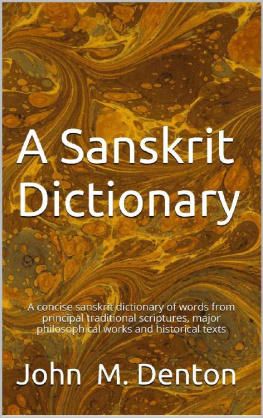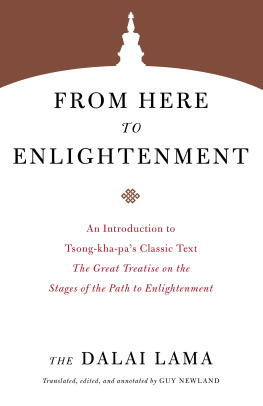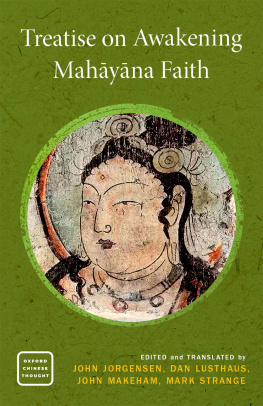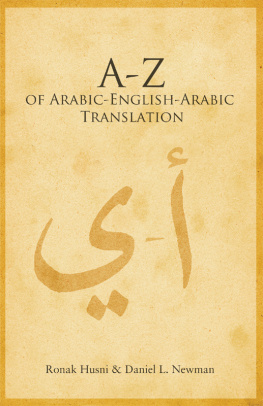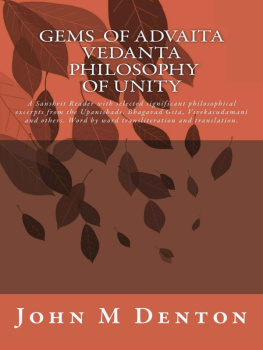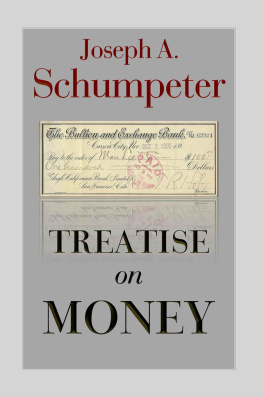An English Translation of the Pacada
- a renowned 13th century c.e. treatise in Fifteen (Pacada) Chapters instructing the traditional road to enlightenment laid out by di akara in India 8th century C.E.
This version contains all verses in one volume - for those who wish to study it in more detail there is a 3 volume version by the same translator which containsword by word analysis of the original sanskrit.
Authors - r Vidyraya Swm (and possibly his older brother who succeeded him as Jagadguru at the ger rad Pham in India) 14th century C.E.Translated by John M Dentoncopyright 2018 First Chapter - The Discrimination (
viveka) of the Real (
tattva) (from the unreal).
1.1 A bow to the lotus feet of the blessed teacher Bliss of
akara (akarnanda), whose sole objective is the eradication of the greatplayful crocodile of delusion in the mind.
1.2 This discourse about the discrimination of reality (Brahman) (fromunreality), is intended for easy understanding by those whose hearts have been purified through service at the lotus feet of the teacher.
1.3 The objects of the senses that one is aware of in the waking state (for example) sound and touch are different from each other but the consciousness of them all is one alone and unchanging.
The consciousness is aware of all but the senses cannot know each other or theconsciousness.
1.4 So also in sleep there is perception but it is seen to be transient while in thewaking state it seems to be permanent or real. Thus there is a difference between the two states but the consciousness which perceives it all never changes and isever uniform.
1.5 On awakening from deep sleep there is memory of having slept. Memory isof objects that have been known. A memory of non-perception or mentaldarkness is still a conscious perception.
1.6 This consciousness or awareness is different from the object and is notdifferent from the consciousness of sleep. Thus the consciousness of the threestates is the same one consciousness that is not different from one day to another.
1.7 Through the months, years, ages and cosmic cyles, past and future, the oneself-illuminating consciousness is the same never rising, declining or ceasing.
1.8 This Self is supreme bliss, for it is the seat of the highest love, hence men say may I never not be since the Self is perceived to have the nature of love.
1.9 Objects or creatures are loved for the sake of the Self but the Self is loved for none other than itself. Hence the Self is the highest bliss.
All joy that we feel in respect of external things is actually a foisting of the basicAtman bliss upon the objects outside the bliss of our own Self. The objects arenot the cause of our happiness. We are the cause of the happiness that wewrongly feel in objects. So we conclude hereby that bliss supreme is the natureof the Atman. Therefore, we also conclude that the Atman is supreme blissunparalleled, incomparable, non- temporal. Eternity is the nature of this bliss of the Atman that we are. (Krishnnanda).
1.10 Thus it is established through reason that existence, consciousness and supreme bliss are the Self in the form of Brahman which is not other than Brahman so that these two are identical and this is the ultimate instruction of theUpanishads.
1.11 If the Supreme Bliss is not revealed then the love for it is not perceived. When it is revealed it is not perceptible to the senses. Thus the supreme bliss of the Self is not easy to see.
When the Self is not perceived in other objects or creatures then the happiness or love will not arise. Also when it is known the desire for sense objects cannotoperate. The two situations are incompatible. Thus it could be said that theSupreme bliss is not easily discerned.
1.12 The sound of a son may be revealed indistinctly amongst a group of students uttering sounds in a recitation. The difficulty arises because of thedifficulty inherent in distinguishing particular sounds amongst many voices
sounding similarly.In the same way the Self is revealed and yet not revealed. There is an obstacle to revelation.
1.13 It has been said that the shining of the Self is hindered by obstruction. It is(it exists as existence) and it shines (as consciousness) but these aspects may beapparently removed or dispelled by the production of uncertainty, contradiction
and adverse circumstances in the material things of every day life.
Three eternal aspects of the Self often quoted are asti (it is), bhti (it shines) and priya (it is beloved) and there are two other aspects nma (name) and rpa(form). Through ignorance (avidy) the eternal aspects become covered over (varaa) by association with the physical or mental aspects of name and form. Hence we lose our access to the existence, consciousness and bliss. Existenceconsciousness and bliss are the Self and are equivalent to it is, it shines and it isbeloved.
1.14 The cause of the obstruction causing indistinct hearing of the sound of theson is the mingling together of the voices, like the loss of awareness of the oneSelf amongst the many - beginningless ignorance.
The origin of ignorance can not be determined hence it is fruitless to pursue it.1.15
Prakti (the source of creation) is pure consciousness and bliss, reflects theAbsolute, is endowed with
tamas,
rajas, and
sattva and is of two kinds.
1.16 When sattva is pure (unmixed) prakti is regarded as my, but when it isimpure (mixed with rajas and tamas) it is called avidy. Brahman reflected in my is known as the all-knowing Ivara, controller of my.
1.17 (Brahman reflected) in avidy (impure prakti i.e. affected by rajas and tamas) and governed by My (is called Jva). The Jvas are many and diverse
(due to the differing mixtures of rajas and tamas). Avidy is the causal body. When the Jva is identified with the causal body (in deep sleep) it is called prja.
When prakti operates cosmically and reflects the Universal Brahman in it, it iscalled my. vara is the name given to Brahman revealed, or manifest, or reflected through praktis gu.When a predominance of cosmic sattva,overwhelming rajas and tamas, reflects the universal Brahman in itself, thatreflected consciousness in the universal sattva is vara. (Z)
vara controls my but avidy controls the Jva.
The covering of consciousness by tamas is called varaa and the distraction from consciousness by the movement of rajas is called vikepa.
1.18 By the command of vara the five subtle elements appeared from that partof prakti dominated by tamas, so that all created beings may experience in accordance with their subtle situation (saskra).
1.19 Through the sattva portions of the five subtle elements the five subtleorgans of sense called hearing, touch, sight, taste and smell arise step by step.
1.20 By a combination of those five subtle elements the antakaraa or inner organ of mind arises divided in two parts - the manas having the function of discursive mind and the buddhi with the functions of intellect, discrimination and determination.
1.21 Through the rjasika portion of the five elements arose step by step theorgans of action - speech, hands, feet, organs of excretion and the organs of generation.
1.22 Through a combination of all these the vital air came into being. It isdivided repeatedly into five according to function pra (to do with life forceand breathing), apna (excretion, elimination of waste), samna (efficient useof food hrough digestion and the metabolism), udna

